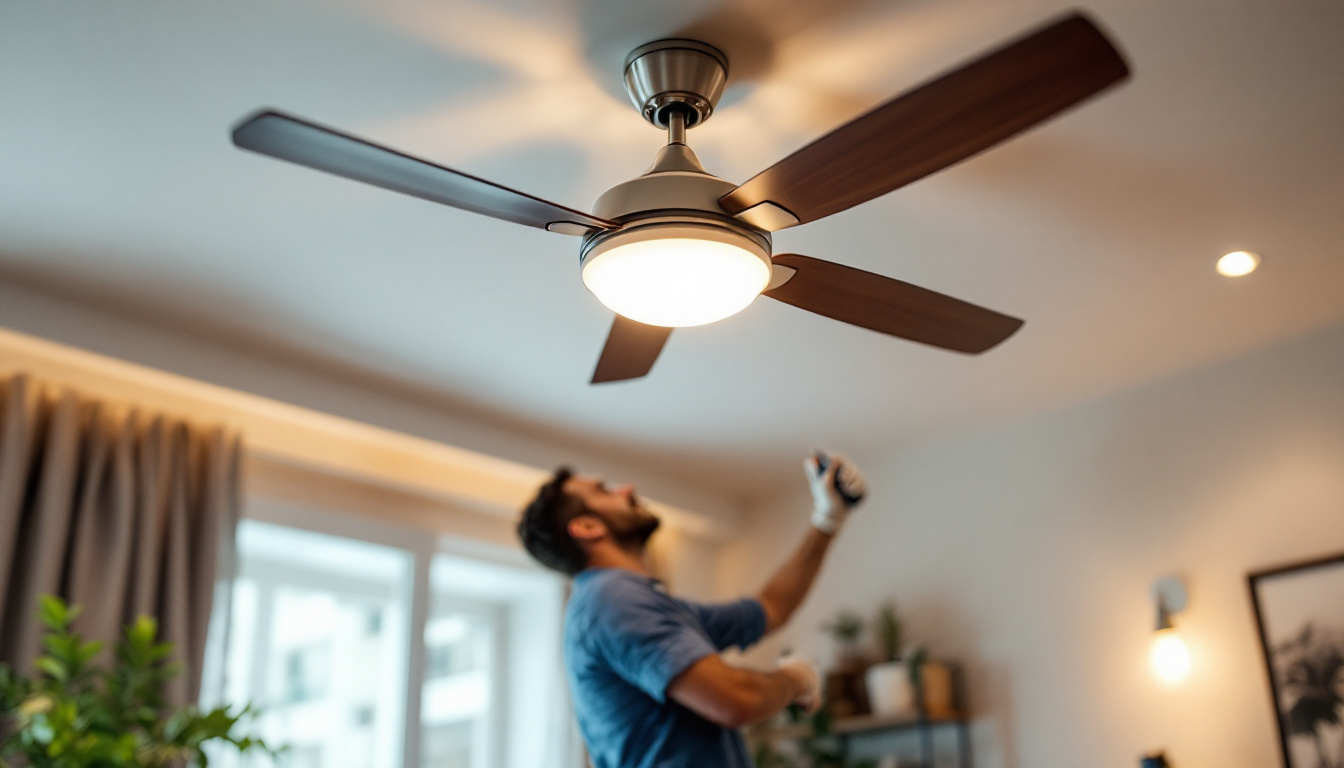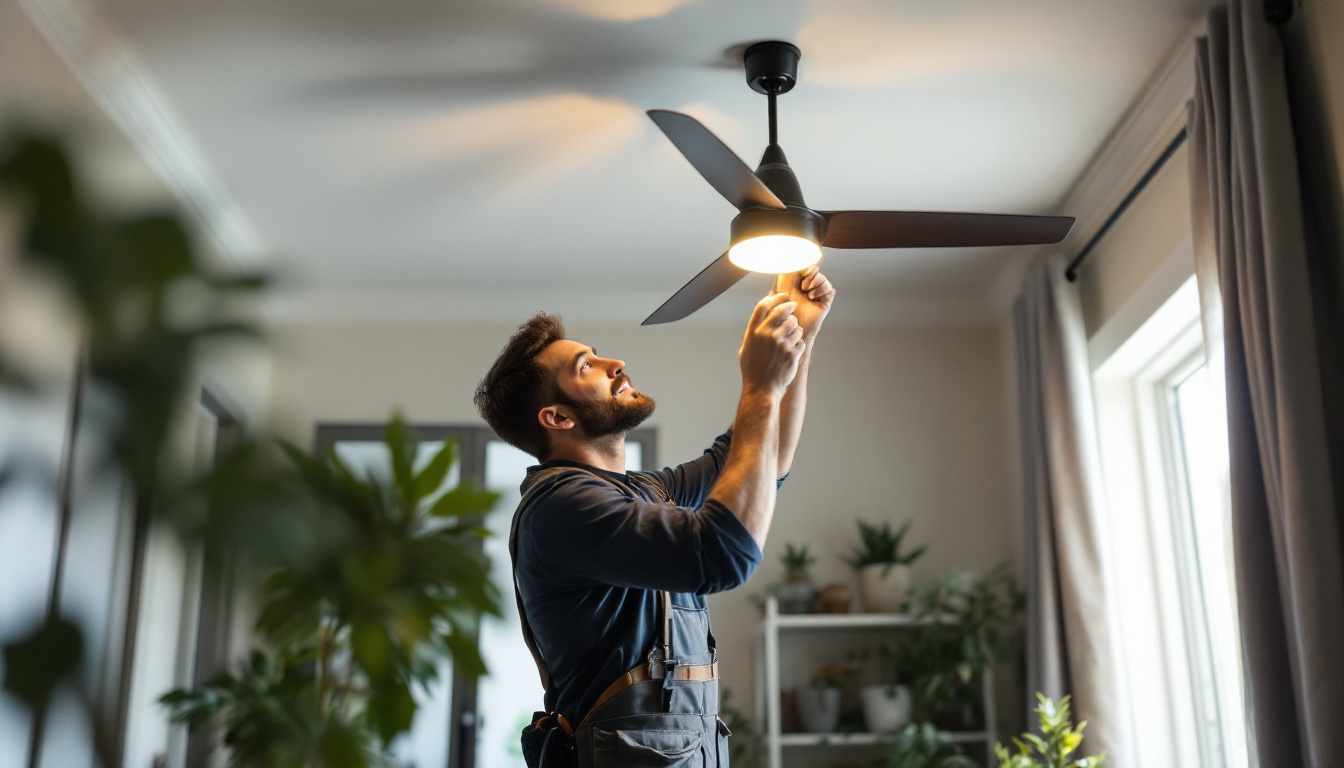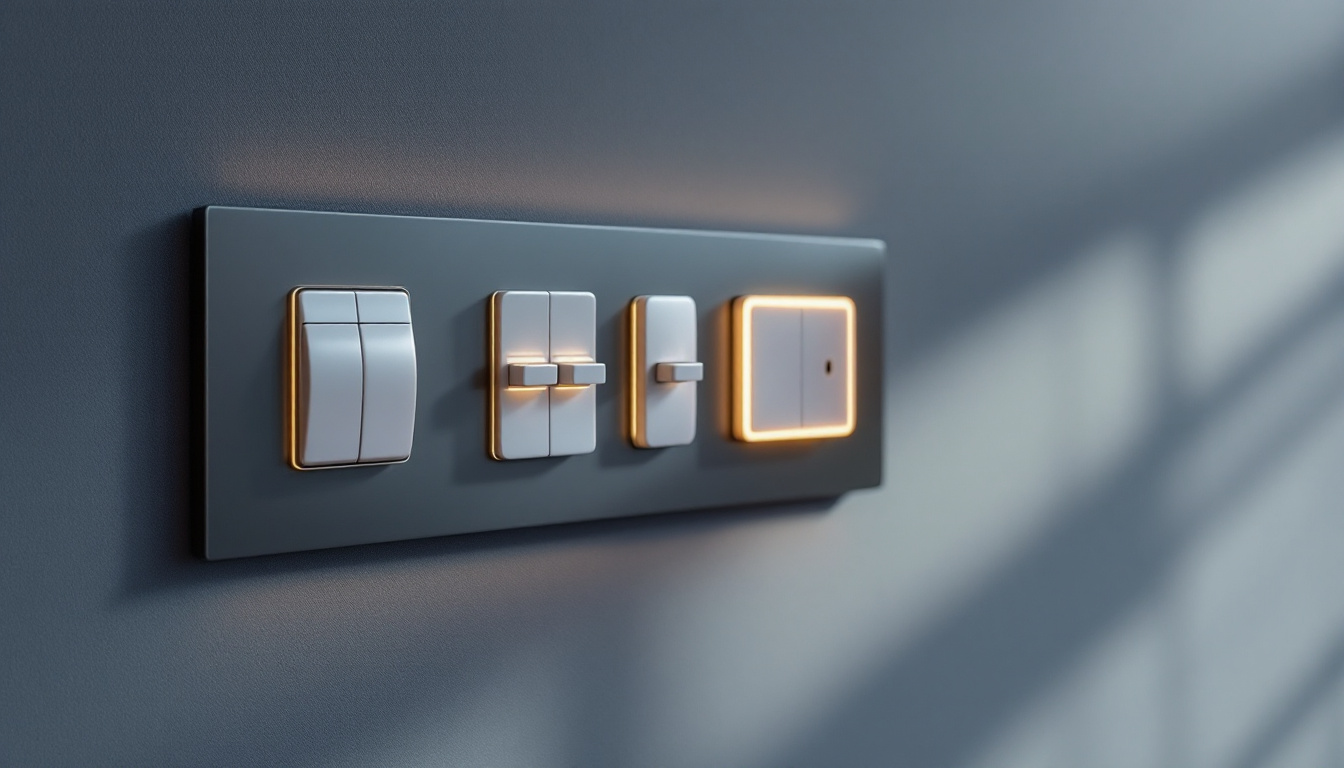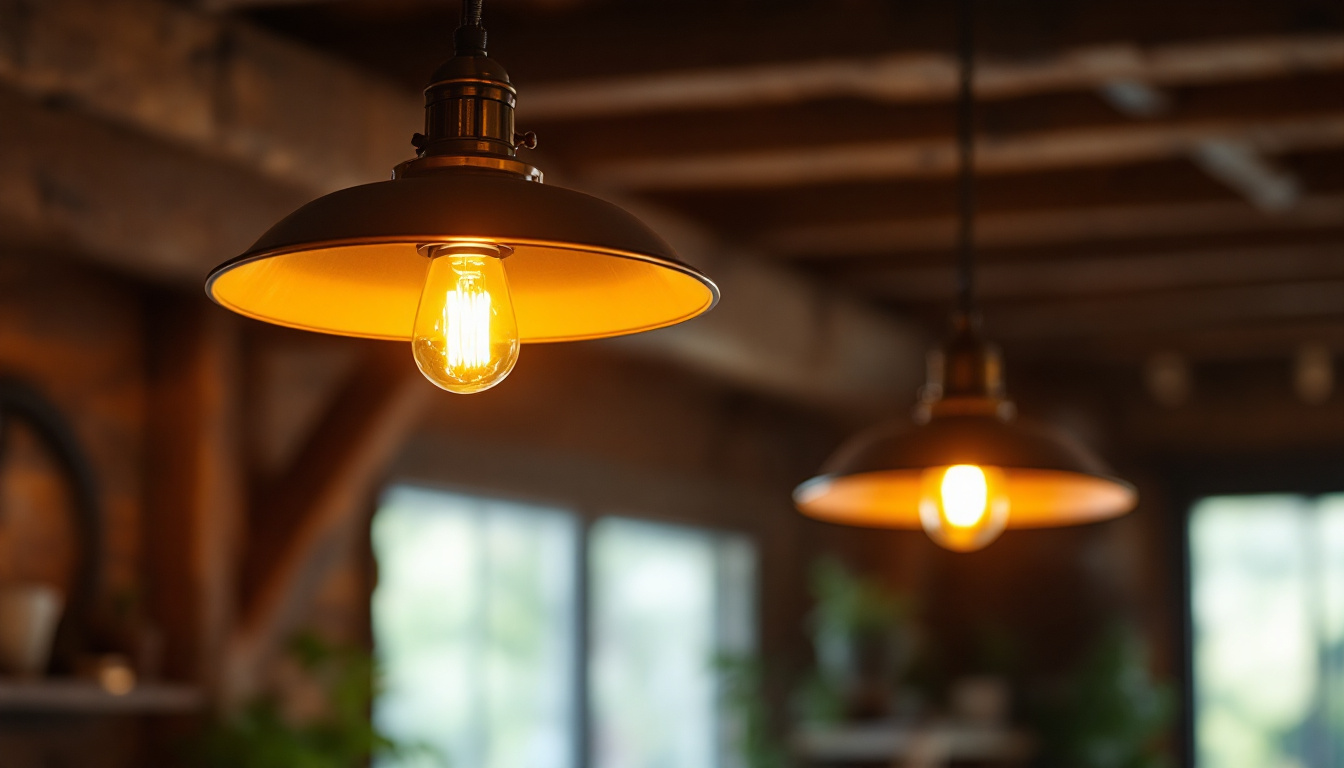
As the demand for energy-efficient lighting solutions continues to rise, LED lights have become a popular choice for ceiling fans. For lighting contractors, understanding the nuances of integrating LED technology into ceiling fans is essential for delivering quality installations and ensuring customer satisfaction. This article serves as a comprehensive checklist for lighting contractors, detailing the key considerations and steps involved in selecting and installing LED lights for ceiling fans.
Before diving into the specifics of installation, it is crucial to have a solid understanding of LED technology. LEDs, or Light Emitting Diodes, offer numerous advantages over traditional incandescent and fluorescent bulbs, including energy efficiency, longevity, and reduced heat output. Their compact size and versatility allow them to be used in a variety of applications, from residential lighting to commercial displays, making them a popular choice in modern lighting design.
One of the primary benefits of LED lights is their energy efficiency. They consume significantly less electricity compared to incandescent bulbs, which can lead to substantial savings on energy bills over time. Additionally, LEDs have a longer lifespan, often lasting up to 25,000 hours or more, which means fewer replacements and lower maintenance costs. This longevity not only reduces waste but also contributes to a more sustainable environment, as fewer bulbs end up in landfills.
Moreover, LEDs emit less heat, making them a safer option for enclosed fixtures like ceiling fans. This characteristic not only enhances safety but also contributes to a more comfortable indoor environment, particularly in warmer climates. The reduced heat output can also lessen the load on air conditioning systems, further improving energy efficiency in homes and businesses alike. As a result, many energy-conscious consumers are making the switch to LED technology as part of their commitment to sustainability.
When selecting LED lights for ceiling fans, it is important to consider color temperature and brightness. Color temperature, measured in Kelvin (K), affects the ambiance of a room. Warmer tones (2700K-3000K) create a cozy atmosphere, while cooler tones (4000K-5000K) provide a more energetic feel. Understanding the desired mood of the space will guide the selection process. For example, a warm light may be ideal for a living room or bedroom, where relaxation is key, while cooler tones might be better suited for workspaces or kitchens, where focus and alertness are desired.
Brightness is measured in lumens, and it is essential to choose bulbs that provide adequate illumination for the intended use of the room. A well-lit space enhances functionality and comfort, making it vital for contractors to assess the specific needs of each project. Additionally, many LED fixtures now come with adjustable brightness settings, allowing users to customize the lighting according to their preferences or activities. This flexibility can significantly enhance the usability of a space, making it more adaptable for different occasions, from intimate gatherings to lively family dinners.
Once the fundamentals of LED technology are understood, the next step is selecting the appropriate LED bulbs for ceiling fans. This process involves evaluating various factors, including compatibility, wattage, and design.
Not all LED bulbs are compatible with every ceiling fan. It is essential to check the fan’s specifications and ensure that the chosen LED bulbs can be used without causing flickering or other issues. Many ceiling fans are designed to work with specific types of bulbs, so consulting the manufacturer’s guidelines is a prudent step.
In addition, some ceiling fans come with integrated LED lighting, which may require specific replacement bulbs. Understanding these compatibility requirements will help avoid potential installation challenges and ensure optimal performance.
Wattage is another critical factor when selecting LED bulbs for ceiling fans. While LEDs consume less power than traditional bulbs, it is essential to choose bulbs that provide the equivalent brightness of the wattage being replaced. For instance, a 10-watt LED bulb can typically replace a 60-watt incandescent bulb, providing similar lumens while significantly reducing energy consumption.
Contractors should also consider the total wattage capacity of the ceiling fan’s light fixture. Exceeding this limit can lead to overheating and potential damage, so it is crucial to adhere to the manufacturer’s recommendations.
Proper installation is key to ensuring the longevity and efficiency of LED lights in ceiling fans. Following best practices not only enhances performance but also minimizes the risk of issues arising after installation.
Before beginning any installation, safety should be the top priority. Contractors should always turn off the power at the circuit breaker to prevent electrical shock. Additionally, using insulated tools and wearing appropriate personal protective equipment (PPE) can further enhance safety during the installation process.
It is also advisable to work with a partner when installing ceiling fans, as this can help manage the weight and complexity of the fixture, reducing the risk of accidents.
Correct wiring is essential for the safe and efficient operation of LED lights in ceiling fans. Contractors should familiarize themselves with the wiring diagram of the ceiling fan and ensure that connections are secure and properly insulated. Using wire connectors and electrical tape can help prevent short circuits and ensure longevity.
Additionally, it is important to double-check that the LED bulbs are installed in the correct orientation, as some bulbs are designed to work only in specific positions. Following the manufacturer’s instructions will help avoid any installation mishaps.
Even with the best installation practices, maintenance and troubleshooting may be necessary over time. Understanding common issues and their solutions can save contractors and homeowners time and frustration.
Regular maintenance of ceiling fans and their LED lights can help prolong their lifespan and maintain optimal performance. Dust buildup can hinder the efficiency of both the fan and the lights, so it is advisable to clean these fixtures periodically. A soft cloth or a vacuum with a brush attachment can effectively remove dust without damaging the components.
Additionally, checking for loose connections and ensuring that the bulbs are securely in place can prevent flickering and other issues. If a bulb burns out, replacing it promptly with a compatible LED bulb will help maintain consistent lighting levels.
Contractors may encounter a few common issues when working with LED lights in ceiling fans. Flickering lights can often be attributed to incompatible dimmer switches or loose connections. Ensuring that the dimmer is rated for LED use can resolve this issue.
Another common problem is the buzzing noise that some LED bulbs produce. This can be caused by poor-quality bulbs or incompatible dimmer switches. Replacing the bulbs with higher-quality options or using compatible dimmers can often eliminate this noise.
As energy efficiency becomes increasingly important in the lighting industry, the environmental impact of lighting choices cannot be overlooked. LED lights are a sustainable option that contributes to reducing carbon footprints and conserving energy resources.
When selecting LED bulbs, contractors should look for Energy Star certification. This designation indicates that the product meets strict energy efficiency guidelines set by the U.S. Environmental Protection Agency. Energy Star-certified bulbs not only consume less energy but also produce less heat, making them a safer and more efficient choice.
By recommending Energy Star-certified LED lights to clients, contractors can help promote sustainable practices and contribute to a greener future.
Another significant advantage of LED lights is their longevity, which contributes to reducing waste. Traditional incandescent bulbs have a shorter lifespan, leading to more frequent replacements and increased landfill waste. In contrast, LEDs can last for years, minimizing the need for replacements and promoting a more sustainable approach to lighting.
Effective communication with clients is essential for ensuring satisfaction and fostering trust. Educating clients about the benefits of LED lights for ceiling fans can help them make informed decisions and appreciate the value of their investment.
Contractors should take the time to explain the advantages of LED lights, including energy savings, longevity, and reduced heat output. By highlighting these benefits, clients can better understand the long-term value of their lighting choices and feel more confident in their decisions.
Providing clients with information on how to maintain their LED lights and ceiling fans can also enhance their overall experience. This guidance can lead to increased satisfaction and potentially more referrals for contractors.
Clients may have concerns about the initial cost of LED lights compared to traditional bulbs. Contractors should be prepared to discuss the long-term savings associated with energy efficiency and longevity, helping clients see the bigger picture. By addressing these concerns openly, contractors can build trust and foster positive relationships with their clients.
Incorporating LED lights into ceiling fans presents a valuable opportunity for lighting contractors to enhance their offerings and meet the growing demand for energy-efficient solutions. By following this checklist, contractors can ensure that they select the right bulbs, install them correctly, and provide ongoing support to their clients.
With a focus on safety, compatibility, and sustainability, contractors can deliver high-quality installations that not only meet but exceed client expectations. As the lighting industry continues to evolve, staying informed about the latest technologies and best practices will be key to success in this competitive field.
Ready to elevate your lighting installations with the most efficient LED solutions for ceiling fans? Look no further than LumenWholesale. Our commitment to quality and affordability ensures that you have access to the best spec-grade lighting products at wholesale prices that simply can’t be beaten. Say goodbye to local distributor markups and hello to a vast selection of reliable, high-performance lighting that meets the highest industry standards. Plus, with free shipping on bulk orders, you can stock up on all your lighting needs without worrying about hidden fees. Make the smart choice for your projects and experience the best value in wholesale lighting today with LumenWholesale.

Discover how to transform your home office with the perfect light fixtures.

Discover how decorative fans are transforming the lighting industry, offering contractors a stylish and functional competitive edge.

Discover the ultimate guide to light switch types and learn how to future-proof your lighting projects.

Discover the essentials of barn lighting in just five minutes with this quick guide tailored for lighting contractors.